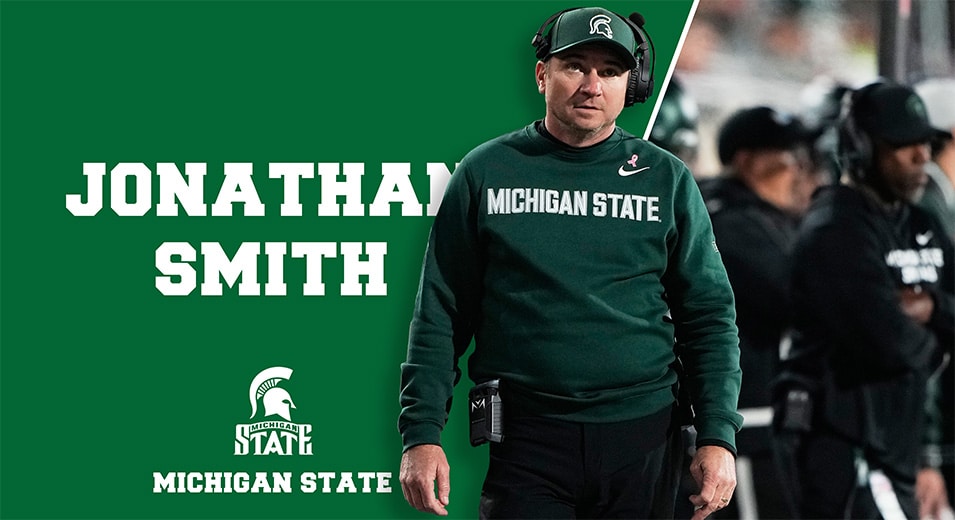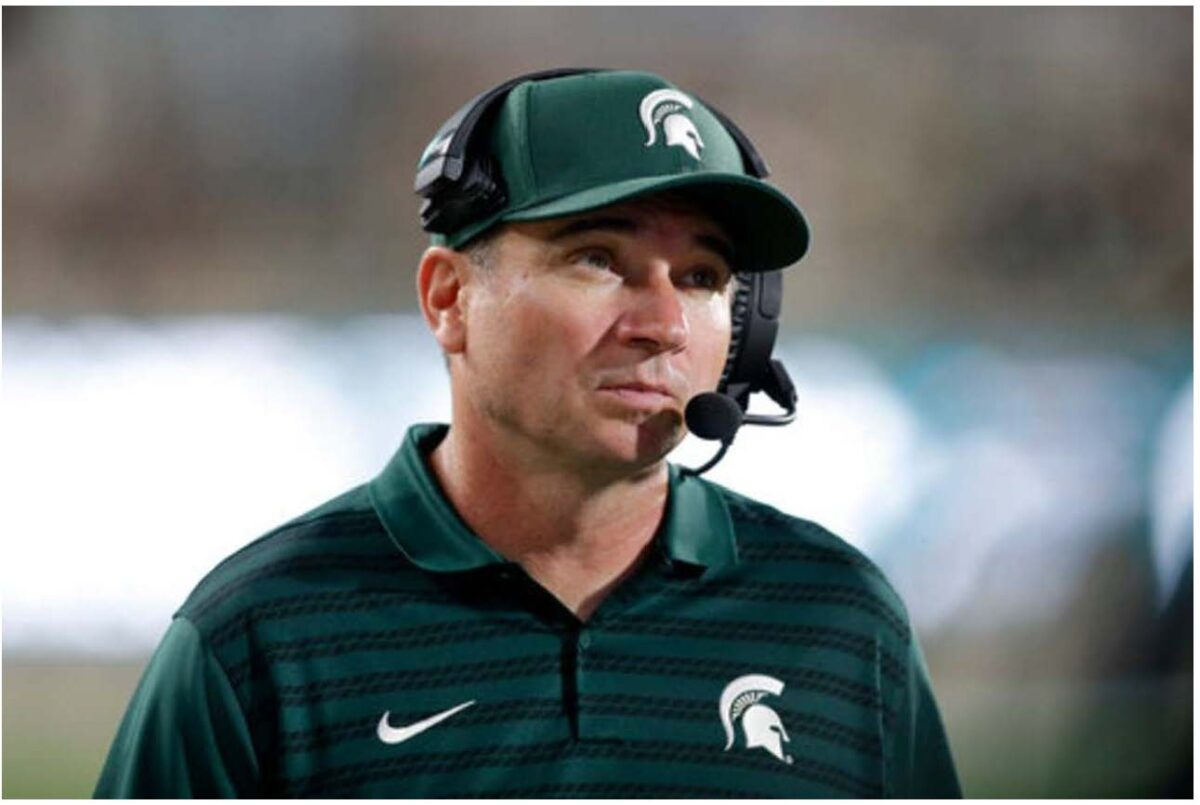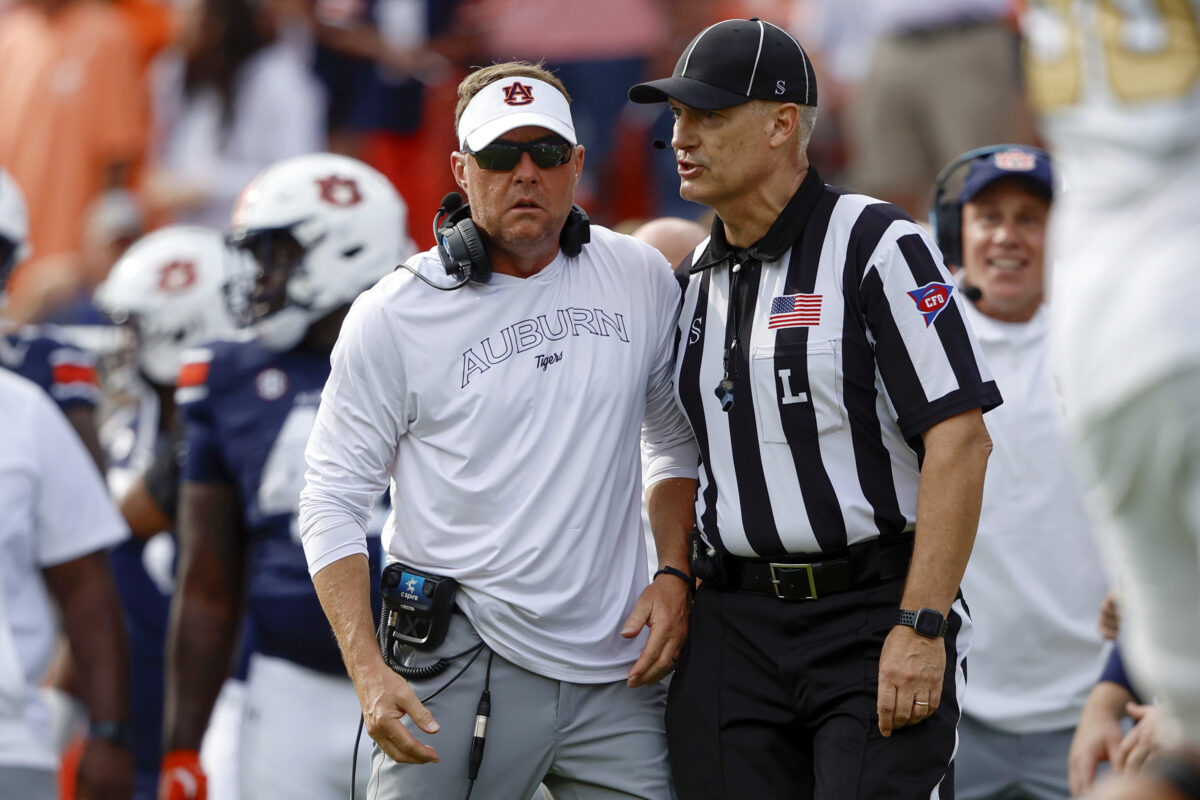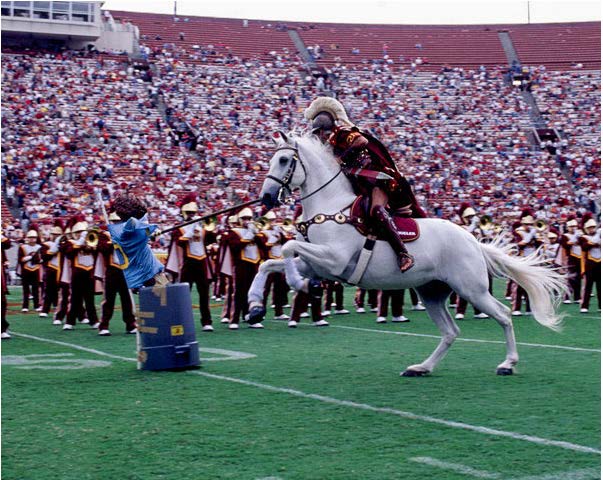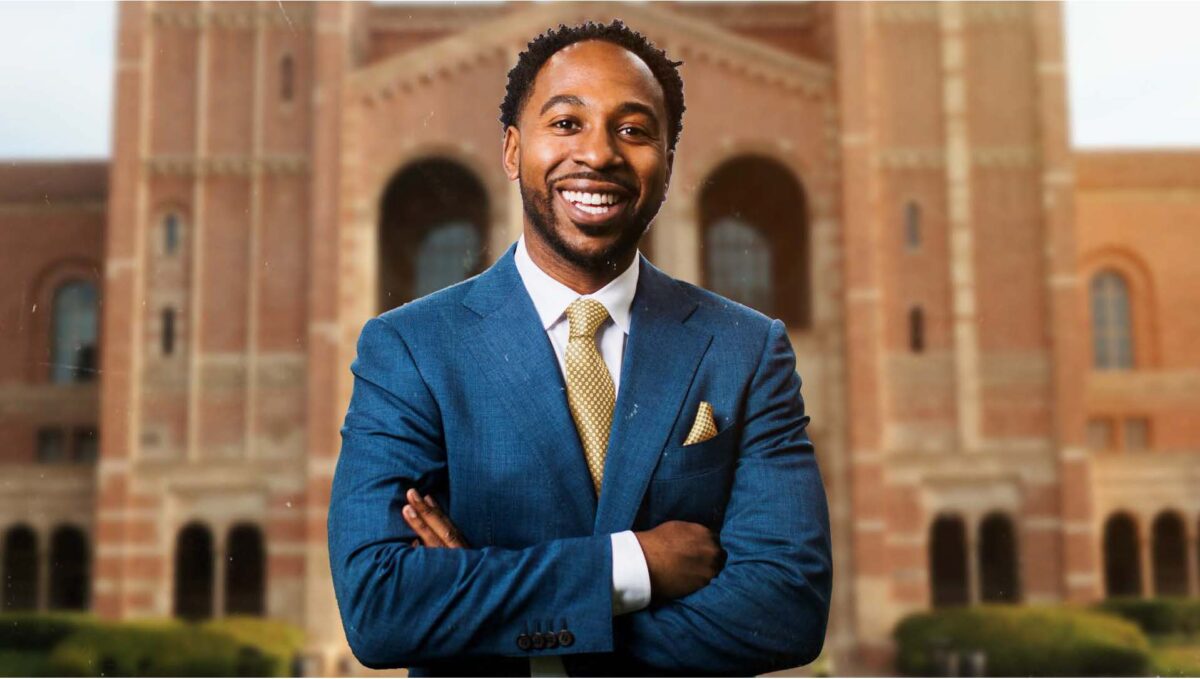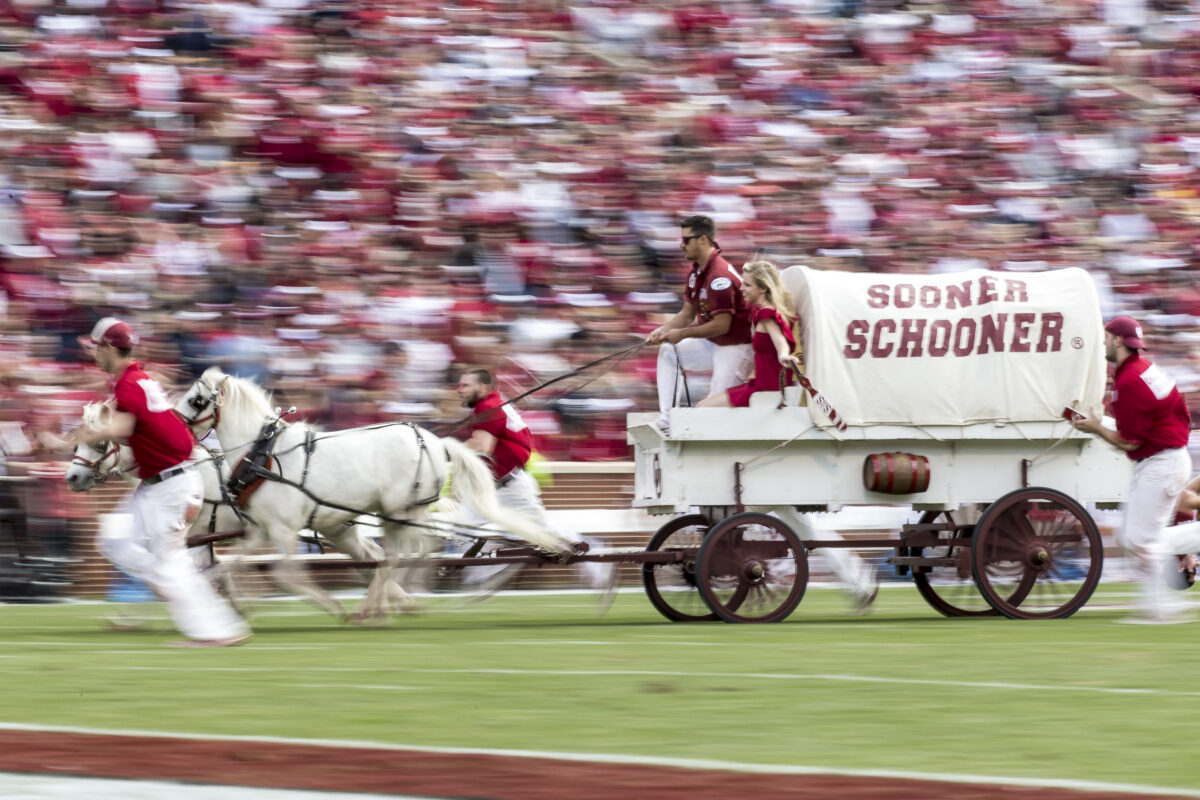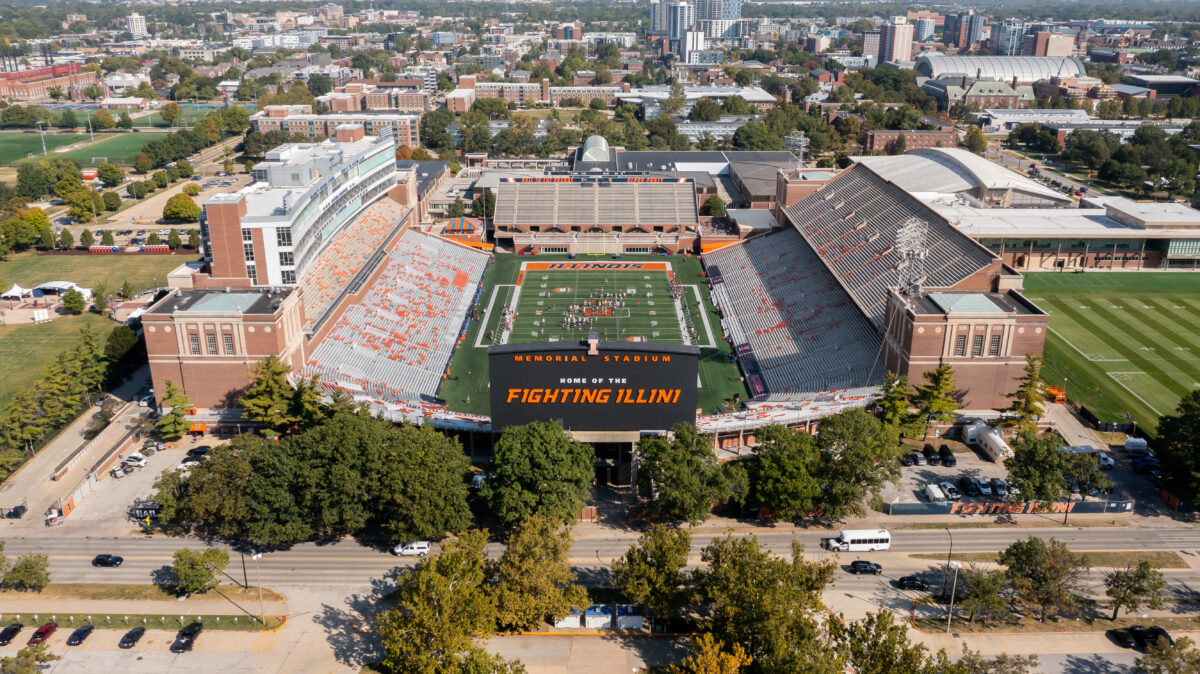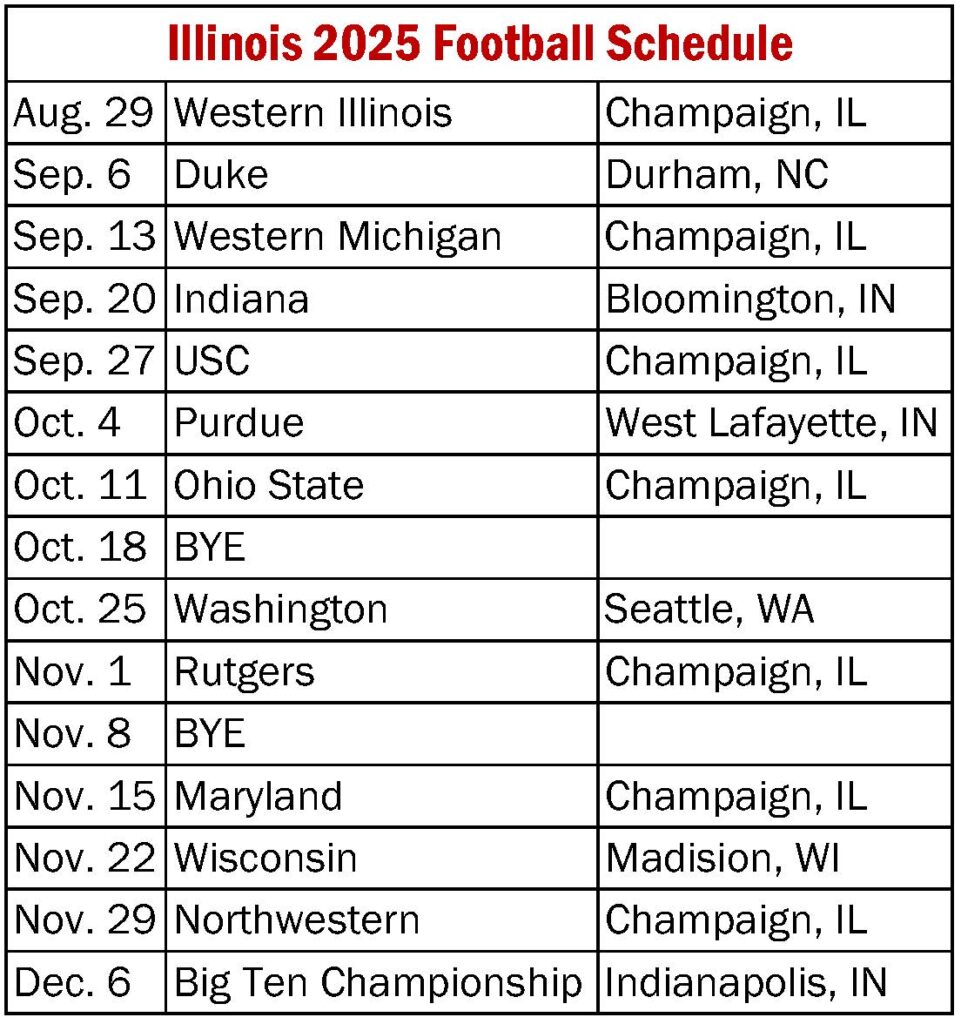Blog Article
Week 12 Coaches Hot Seat Rankings
Week 11 exposed the pretenders. Week 12 eliminates them. This is the part of the season where athletic directors stop debating and start deciding. Where donor patience either holds or shatters entirely. Where recruits make final judgments about which programs are ascending and which are circling the drain. The “we’re close to turning the corner” narrative that might have worked in October doesn’t survive November. By Week 12, you either have tangible proof of progress or you’re staring at an offseason coaching search. Buyout conversations move from theoretical to tactical. Board meetings shift from “let’s give him more time” to “what’s our exit strategy?” Week 12 separates the coaches who survive the season from those who won’t make it to December. And for these ten coaches? The clock is ticking louder than ever.
1. Jonathan Smith, Michigan State
Jonathan Smith remains at #1, and the situation in East Lansing has moved from crisis to terminal. The $33M+ buyout that once seemed prohibitive is now just a number that major donors are actively working to fund. His 8-13 record isn’t just bad, it’s a complete program collapse that’s destroying Michigan State’s identity. New AD J Batt inherited this disaster and faces mounting pressure to act. Recruiting has gone from struggling to nonexistent, with elite prospects avoiding East Lansing entirely. The fan base has moved past anger into total apathy, which is the real death sentence. The question isn’t whether Smith gets fired, it’s when.
2. Mike Locksley, Maryland
Mike Locksley holds at #2, but that strong 2025 recruiting class that was his lifeline is starting to crack. Commits are taking visits elsewhere, and the locker room remains completely fractured. His 37-46 overall record tells the story of six years without real progress in the Big Ten. Fourth quarter collapses continue, and fans have stopped showing up expecting anything different. Donor support has evaporated completely, with major boosters now openly discussing replacement options. The administration’s hesitation is about the competitive coaching market, not confidence in Locksley. One more collapse and it’s over.
3. Mike Norvell, Florida State
Mike Norvell stays at #3, still clinging to the thin margin of player support that’s kept him employed. The $55M+ buyout remains the primary obstacle, but FSU is already planning for 2026 when it becomes more manageable. His 37-32 record would be fine elsewhere, but FSU expects championships, not mediocrity. Fan skepticism continues to grow as the season progresses. That Wake Forest win bought time, but not much. Another embarrassing loss puts him right back at #1.
4. Derek Mason, Middle Tennessee
Derek Mason enters the Top 10 at #4 with a catastrophic 4-17 record over two seasons. This is complete program collapse, not a rebuilding project. His SEC pedigree from Vanderbilt hasn’t translated, and the offense ranks near the bottom nationally. Donor support is gone, attendance at Floyd Stadium is embarrassing, and recruiting is nonexistent. Elite Conference USA prospects are choosing other programs because nobody wants to commit to obvious instability. The administration is trapped between Mason’s contract and the reality that every game does more damage. This isn’t a hot seat, it’s a death watch.
5. Luke Fickell, Wisconsin
Luke Fickell drops to #5, but the heat hasn’t decreased at all. All the goodwill from Cincinnati is completely gone after a 16-19 start in Madison. Wisconsin fans are openly questioning whether hiring Fickell was a massive mistake. The offense looks lost, the defense looks confused, and the administration’s demands for “foundational change” are ultimatums, not suggestions. Recruiting has flatlined, with elite Midwest prospects now choosing programs like Iowa and Minnesota over Wisconsin. Donors are calculating buyout scenarios and floating replacement names. His $7.625M salary looked smart when everyone expected success. Now it looks like an expensive anchor.
6. Justin Wilcox, California
Justin Wilcox remains at #6 as Cal’s situation reaches existential crisis levels. Nine years and a 48-54 record, with the ACC move exposing every weakness instead of creating opportunities. Fourth quarter collapses define the program now, and fans plan around expecting defeat. The real crisis is financial, donors have completely checked out and stopped funding the program. Recruiting has stagnated to the point where Cal loses battles to Mountain West schools. The administration isn’t asking whether to fire Wilcox anymore. They’re asking bigger questions about whether Cal football at this level is sustainable. That’s far more dangerous.
7. Bill Belichick, North Carolina
Bill Belichick at #7 represents the most stunning collapse of expectations in college football. Six Super Bowl rings have produced a 4-5 record that has fans mocking a hire they celebrated months ago. One Power Four win, uncertain bowl eligibility, and a coaching style built for NFL professionals that doesn’t work with teenagers. Elite recruits visit once and immediately look elsewhere. His $10M salary looked brilliant when everyone expected immediate success, now it prevents necessary program investments. The administration is losing patience and credibility with donors who expected a revolution. Every game does more recruiting damage. The experiment is failing in real time.
8. Shane Beamer, South Carolina
Shane Beamer drops to #8 after mid-season coordinator firings that were pure desperation. His 32-28 record looks fine until you remember South Carolina expects SEC competitiveness, not fighting for bowl eligibility. The firings bought time but fixed nothing fundamental. Bowl eligibility has moved from goal to survival requirement, the minimum needed to keep his job. Booster support is now conditional, demanding actual results instead of energy and South Carolina ties. Recruiting is suffering as elite prospects watch the chaos and commit elsewhere. The administration has loaded the gun. Anything less than a bowl game and he’s done.
9. Dave Aranda, Baylor
Dave Aranda falls to #9, and the shine from that 2021 Big 12 Championship has completely worn off. His 36-34 record through six seasons isn’t disastrous, it’s just deeply uninspiring for a program that expects more. Aranda wins just enough games to avoid the hot seat entirely, but never enough to generate real momentum or championship buzz. The fan base has moved from “trust the process” to “what exactly is the process?” as another mediocre season unfolds. Recruiting has slowed as elite Texas prospects look for programs with clearer upward trajectories. Aranda’s defensive expertise was supposed to be the foundation for sustained success, but it hasn’t translated into consistent winning. The remaining games will determine whether Baylor sees enough to commit long-term or starts exploring other options.
10. Mark Stoops, Kentucky
Mark Stoops barely holds #10 after one Auburn win bought temporary relief from what felt like inevitable disaster. His 81-78 record through 13 seasons is both Kentucky’s most successful era ever and clear evidence of a program that’s hit its ceiling. Multi-year SEC losing streaks and repeated blowouts have created frustration throughout the program. The real problem? Kentucky would owe Stoops nearly $38 million if they fired him after this season, and the contract requires the full amount be paid within 60 days. That’s not just expensive, it’s functionally impossible for Kentucky’s athletic budget. Stoops is essentially untouchable no matter how the season ends. The remaining games aren’t about his job security, they’re about whether another year of known limitations is acceptable. Thirteen years of evidence suggests he’s taken Kentucky as far as he can.
Want the full story on every coaching hot seat in America?
Newsletter subscribers get the expanded treatment, deep dives on each of the top 10 coaches, game previews that actually matter, and curated stories about coaching moves and timely college football topics delivered straight to their inbox every Tuesday and Friday during the season. Tuesdays bring you the updated rankings with insider analysis on who’s rising and falling. Fridays give you the weekend preview, breaking down which coaches are coaching for their jobs in the games that matter most. No fluff. No filler. Just the insider information you need to stay ahead of the coaching carousel before it becomes headlines everywhere else. This isn’t just another college football newsletter, it’s your edge on understanding the power dynamics, buyout negotiations, and behind-the-scenes pressure that determines who stays and who goes. Subscribe here and get the complete picture twice a week.
Where does your coach rank this week? Check out the full rankings HERE.
